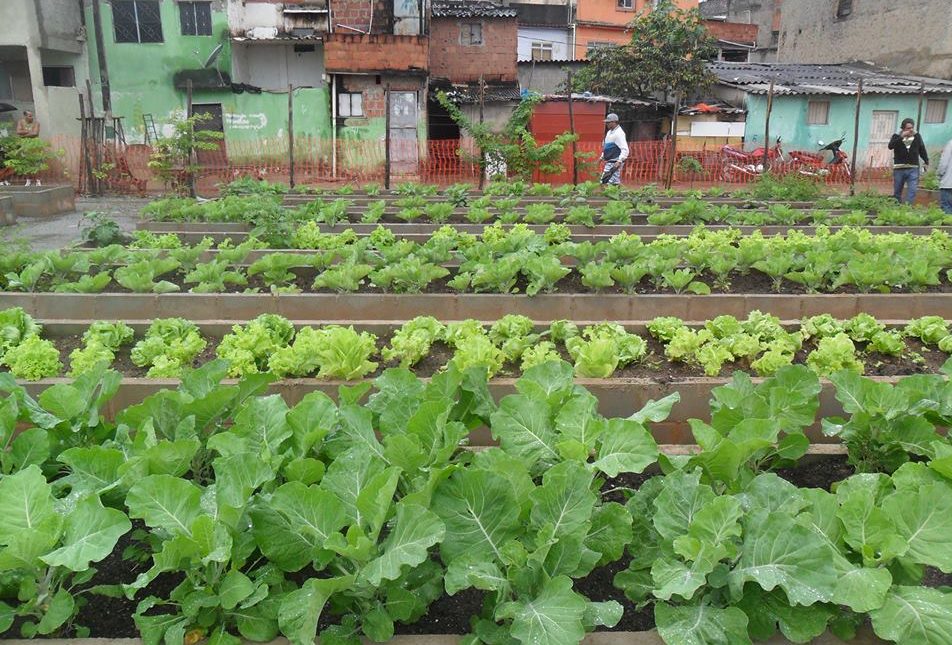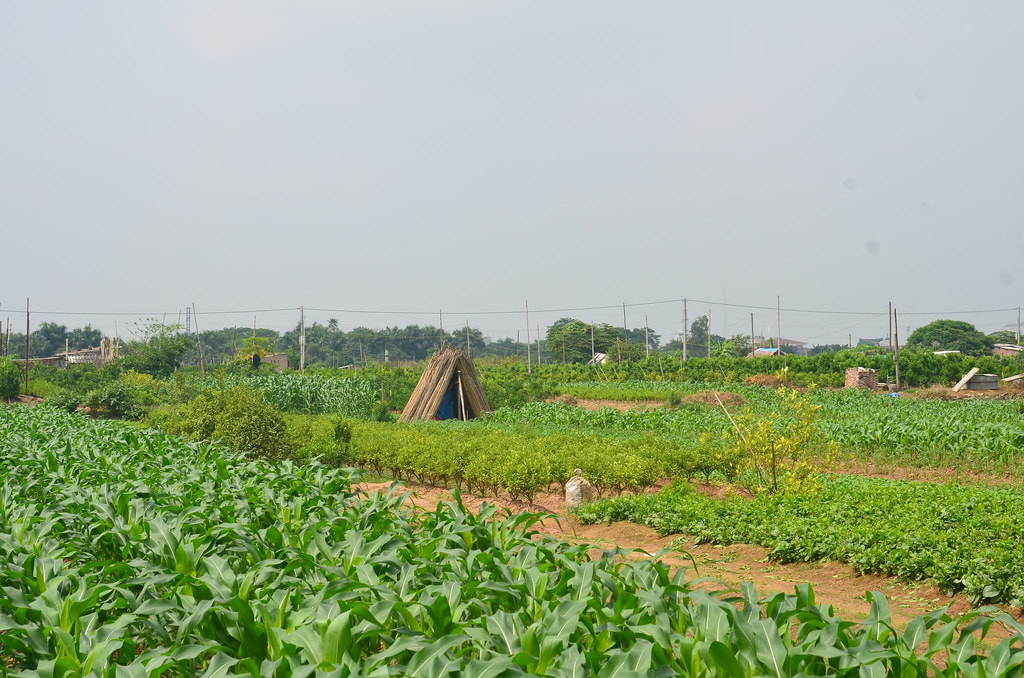|
By: Mridhula Srinivasan To reduce noise and waste management issues associated with farming, urban planners pushed farming away from cities. As cities began to expand, this continued and resulted in the removal of fertile land and valuable ecosystems like water filtration. Thus, we need to form mutually beneficial partnerships for sustainable resource management. This is where peri-urban agriculture comes in. The food and agriculture organization of the United Nations defines peri-urban agriculture as the agriculture practices within and around cities that compete for resources (land, water, energy, labor) that could also serve other purposes to satisfy the requirements of the urban population. Peri-urban farming underscores a symbiotic relationship between urban and rural areas. Having the potential to support urban services like urban growth, food supply, processing waste environmentally, we need to support peri-urban farming. Food production in peri-urban areas also relieves the pressure that cities put on rural areas. Peri-urban areas can be considered as dynamic interfaces between cities, towns, and rural areas. Since peri-urban areas are in close proximity to markets and densely populated regions, they play a key role in providing food to urban populations. They are all the more important as they help in supplying perishable food items. This is because these farms are close to the market, thereby improving quality and reducing spoilage. Hence, food waste is decreased in the supply chain. Food waste is also reduced as a result of converting organic waste as compost. Nutrients and organic matter are readily available, reducing the need for packaging and hence reducing garbage production. Moreover, the closeness to markets results in fewer food miles. This leads to lesser carbon emissions that are used to move the food between paddock and plate. Furthermore, less water and chemical enhancements are consumed that would have been required to ensure that food doesn't spoil in transit. Additionally, the local climate is improved by controlling carbon emissions that cause excessive heat and air dryness. Another added benefit is the lower need for transportation. With urbanization on the increase, there has been a higher demand for vegetables, fruits, and flowers. Peri-urban farming reduces the burden on transport and the greenhouse gas emissions from cold storages. Beyond the proximity, these farms have the most fertile soil and produce a variety of produce. This high-value produce helps develop green zones around urban areas. Along with providing agro-products, the plants and trees create sustaining ecosystems by protecting water-supply catchments, acting as carbon sinks and protection against landslides. Thus, peri-urban agriculture plays a major role in mitigating the harmful effects of climate change. In addition to this, peri-urban farms can better adapt to climate change, owing to the small-scale and diverse beds. They are more resistant to unstable and unpredictable weather and can even help with avoiding floods.
Peri-urban farms restrict unplanned urbanization. Rapid urbanization without proper planning causes environmental pollution. These farms create an attractive employment option and take up the land space. This prevents the conversion of agricultural land near urban areas into cities and towns. Public space is conserved because planting food mitigates littering and other sources of damage. A little unknown fact is that these farms provide refuge to small fauna like bees, which are an essential part of our ecosystem. Peri-urban agriculture provides other countless benefits apart from tangible advantages such as ecosystem services including carbon fixation. It also provides intangible advantages like the cultural value of farming as a way of life. It provides local employment for farmers, food processors, and other related job opportunities. Creating such farms require an incredible amount of work which demands people’s time and attention, in turn reducing crime. A very valuable benefit is the empowerment of communities. The need for collaboration helps meet new people and make acquaintances and friends. Furthermore, sharing of knowledge in these spaces creates a center for education about nutrition, from rediscovering nutritional facts, exchanging recipes, and ultimately eating healthier. In addition to all this, the physical activity of farming itself provides health benefits as well as a source of entertainment by spending time with friends. Peri-urban agriculture is a linchpin in closing the mental gap between urban consumers and “rural” producers by harnessing the enormous purchasing power of cities to benefit people and the environment along the whole food chain. Public access to these farms presents various amenity-related activities like agritourism such as pick-your-own-fruits and agri-volunteerism that includes farm education tours. This global sustainable practice in peri-urban areas can help contribute to other countries and help them with their food needs. Urban food security is becoming a matter of increasing concern and urban poverty is reflected in the nutritional status of people. With the emphasis on rural agriculture, the positive contribution that production closer to the cities can make has been hardly acknowledged. As the population of our world grows, sustainability is key and preserving such highly valuable farming areas is a step in that direction. With the steady growth of urbanization, we can increase global sustainability in rural and urban areas to efficiently utilize resources through peri-urban agriculture.
8 Comments
11/1/2022 10:46:46 am
Thus, peri-urban agriculture plays a major role in mitigating the harmful effects of climate change. In addition to this, peri-urban farms can better adapt to climate change, I truly appreciate your great post!
Reply
2/20/2023 04:34:18 am
It's interesting when you said that one of the best organic waste advantages is having food waste knowledge. My neighbor told me the other day that he and his business partner hoped to find innovative agriculture products that could offer nutrients for their farm development project. He asked if I had opinions on the best agricultural option to consider. I like this enlightening agriculture article. I'll tell him he can consult a well-known agricultural company as they can provide their agricultural needs.
Reply
6/24/2023 06:50:26 pm
In what ways can urban planners collaborate with farmers for sustainable farming practices?
Reply
Leave a Reply. |
TUGIWelcome to Seeds for Thought, the TUGI Blog where we will be highlighting incredible stories of environmental activists and change makers, environmental news, and tips to living a more green and sustainable lifestyle. If you are interested in learning more about what we are doing on a monthly basis, subscribe to our TUGI Newsletter. Archives
May 2021
Categories |
TUGI
|
|


 RSS Feed
RSS Feed
